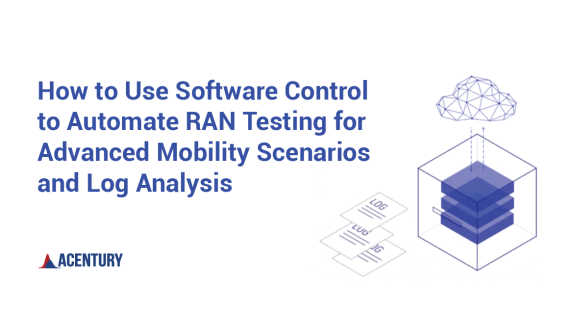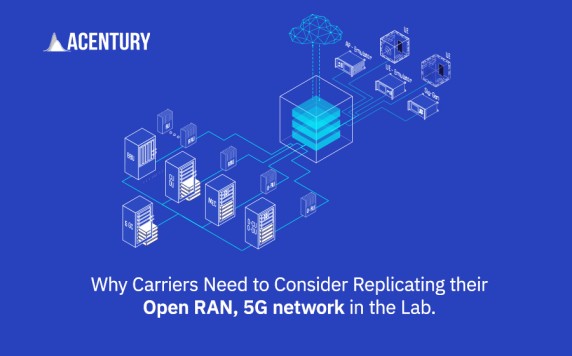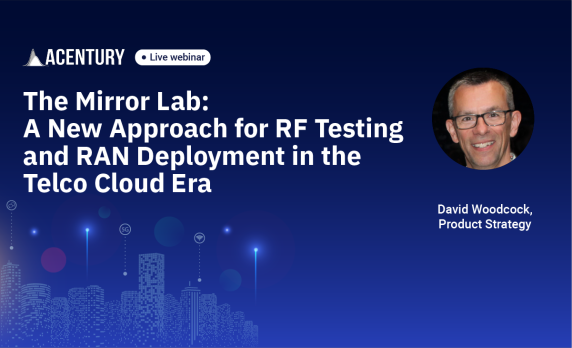Learn and discover.

The Current State of RAN Testing and Deployment Practices
Many operators rely heavily on emulation as part of a reasonable testing strategy. However, emulation, even when done at scale, doesn't accurately reflect the real-world environment and makes too many assumptions about network configuration that don't represent that operator's specific implementation.

How to Use Software Control to Automate RAN Testing for Advanced Mobility Scenarios and Log Analysis
To facilitate test automation each resource in the system is controlled by the orchestration layer and configured according to the scenario being tested. Here we're showing the 5G core, higher levels of RAN, the CU/DU splits, the RRUs, and the devices under test.

Examining How a Mirror Lab Can Replicate and Test Production 4G and 5G Networks Simultaneously
In this blog post we are going to review three configuration examples of lab architecture that mirror the production environment of a mobile network. The first is an operator who wants to be able to test their two-vendor 4G implementation in the lab, where each vendor uses two different configurations.

Part 2: How CI/CD methodologies can be applied to 5G RAN Testing and Deployment
With the advent of software-centric applications, CI/CD methodologies and continuous testing workflows were introduced to improve end-user applications and experiences. Could these same principles and methods be used to test things that are not virtual - like parts of 5G RAN?

Why Carriers Need to Consider Replicating their Open RAN, 5G network in the Lab
The typical mobile network is more complicated today than ever before. More frequency bands are in use with different propagation characteristics, multiple radio access technologies used simultaneously, all to deliver an expanding list of innovative user services. This means combinations to test are expanding. How can operators adopt their testing and deployment processes to manage this change?


Creating an RF Production Network Replica for Rapid Testing and Deployment in the Open RAN and Telco Era
Last week we hosted our webinar, "The Mirror Lab: A New Approach for RF Testing and RAN Deployment in the Telco Cloud Era". For those that missed it or want to listen again, here’s a recording to the webinar.
